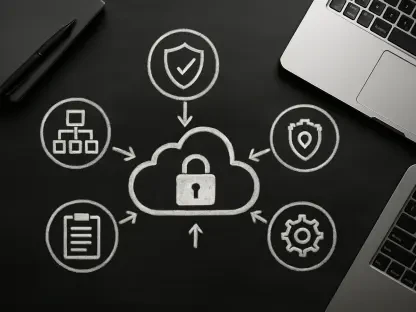Could the name of a cyber threat change the way we react to its dangers? Picture the sleek elegance of a guardian angel battling menacing demons named after mythological titans. The way these threats are christened might just sway perceptions of their severity and urgency, but should such names be universally adopted and standardized?
The Role of Names in Cybersecurity Defense
In cybersecurity, names carry weight. They help professionals quickly identify, understand, and respond to threats. When different teams interpret a single threat differently because its name varies across platforms, the results can be disastrous. Delays in response, slip-ups in communication, and an escalation in risk are just a few examples of what can go wrong. Each misstep underscores the criticality of coherent naming in the management and mitigation of cyber risks.
Unraveling the Chaos of Naming Practices
The current landscape of cyber threat naming is a tapestry of contrasts, chock-full of alphanumeric identifiers and imaginative titles. Mandiant’s notorious APT1 exemplifies the divide, sharply influencing subsequent practices across the industry. While names such as ‘Fancy Bear’ intrigue, such creative latitude has also introduced operational confusion. Employees in security operations centers grapple with disparities in names resulting from fragmented naming conventions, impeding prompt and coordinated responses.
Perspectives from Leading Experts and Industry Efforts
Prominent voices like Ciaran Martin and Jen Easterly advocate for a shift toward standardization. Martin has often critiqued the glamorization of threat actors, suggesting that fanciful names blur objective understanding. Easterly echoes concerns around obfuscation, stating it misleads and complicates threat communication. Recent efforts by entities like Microsoft and CrowdStrike mark significant moves toward reconciling naming inconsistencies. Together, they harmonize diverse monikers, setting a precedent for improved naming alignment.
Paving the Way for Global Naming Uniformity
To tackle the naming conundrum, a collaborative approach is key. A unified standard, perhaps based on geographic indicators or national affiliations, could streamline cyber operations. By fostering partnerships between governments and the private sector, a robust and universally accepted framework might emerge. Practical steps include forming think tanks, conducting global cybersecurity summits, and implementing pilot programs to test standardization models before broad adoption.
Bridging Gaps to Foster Clarity in a Complex Environment
Standardizing cyber threat names goes beyond mere uniformity; it beckons a future where organizations collaborate seamlessly, warding off threats with precise communication. As Martin and Easterly’s insights linger, the push for rational naming conventions lays down the groundwork for a shift in strategy across cybersecurity landscapes. Looking forward, this transition promises a world where cyber threats are understood not as cryptic puzzles but as clearly defined challenges, holding back the shadow of confusion in a digital age.









